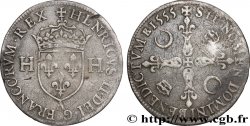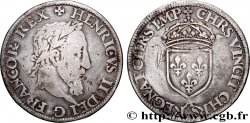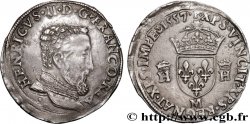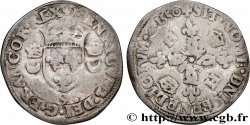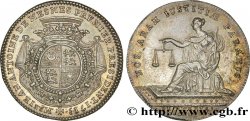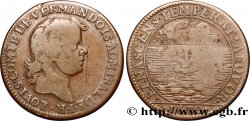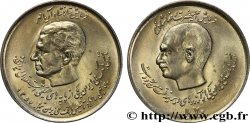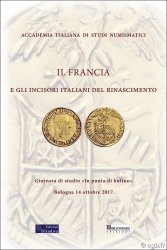E-auction 280-201604 - fme_502741 - HENRY II Médaille pour les victoires françaises contre le Saint Empire romain germanique, frappe moderne
得先注册又得到批准才可以报价。为了报价注册. 客户应该得到公司允许,那种过程需要 48 个小时。别等出售结束那一天才登记。您报价的话等于您赞成买那物品,而且按« 保价 » 证明您接受 cgb.fr 因特网拍卖使用法.
报价时只可以出全数值欧元总额。物品描述也说明销售结束时间,结束后出价都不会生效。 报价命令转达有时变动,等到最后秒钟增加否决的可能会。想多了解的话请注意 因特网拍卖常问
购货人不付费
购货人不付费
| 估算 : | 75 € |
| 价格 : | 21 € |
| 最高出价 : | 21 € |
| 拍卖结束日期 : | 27 August 2018 18:52:00 |
| 竞拍人 : | 6 竞拍人 |
种类 Médaille pour les victoires françaises contre le Saint Empire romain germanique, frappe moderne
日期: 1552
铸币厂名称/城市 France
材质 bronze
直径 59,5 mm
模子方针 12 h.
硬币制模工 DELAUNE Étienne (1518-1583)
重量 85,2 g.
侧面 lisse + corne BRONZE
印模 corne BRONZE
关于品相的说明
Patine marron d’aspect mat. Quelques traces de manipulation
正面
正面的文字 HENRICVS II REX CHRISTIANISSIMVS.
正面的说明书 Buste lauré et cuirassé de Henri IV à droite.
背面
背面的文字 LO. ARMA. MOVET. - ET. PACE ET BEL. // HEN - II.
背面的说明书 Henri II couronné par deux victoires, portant une épée de la main droite et un caducée de la droite, appuyé sur son arc.
评论
Étienne Delaune est un artiste français du XVIe siècle, à la fois orfèvre, médailleur et graveur. - Marqué par l'art de l'École de Fontainebleau, il est l'auteur de plus de quatre cent gravures au burin, tantôt originales, tantôt d'interprétation. De nombreux dessins, modèles de jetons et de médailles conservés à l'Ashmolean Museum d'Oxford, ainsi que des dessins d'armure de la Staatliche Graphische Sammlung de Munich lui sont traditionnellement attribués..
Étienne Delaune was a 16th-century French artist who was a goldsmith, medalist, and engraver. Influenced by the art of the Fontainebleau School, he produced over four hundred burin engravings, some original and others reinterpreted. Numerous drawings, models for tokens and medals held at the Ashmolean Museum in Oxford, as well as armor designs from the Staatliche Graphische Sammlung in Munich, are traditionally attributed to him.
Étienne Delaune was a 16th-century French artist who was a goldsmith, medalist, and engraver. Influenced by the art of the Fontainebleau School, he produced over four hundred burin engravings, some original and others reinterpreted. Numerous drawings, models for tokens and medals held at the Ashmolean Museum in Oxford, as well as armor designs from the Staatliche Graphische Sammlung in Munich, are traditionally attributed to him.








 对产品描述纠错
对产品描述纠错 打印
打印 分享我的选择
分享我的选择 提问
提问 Consign / sell
Consign / sell
 产品介绍
产品介绍